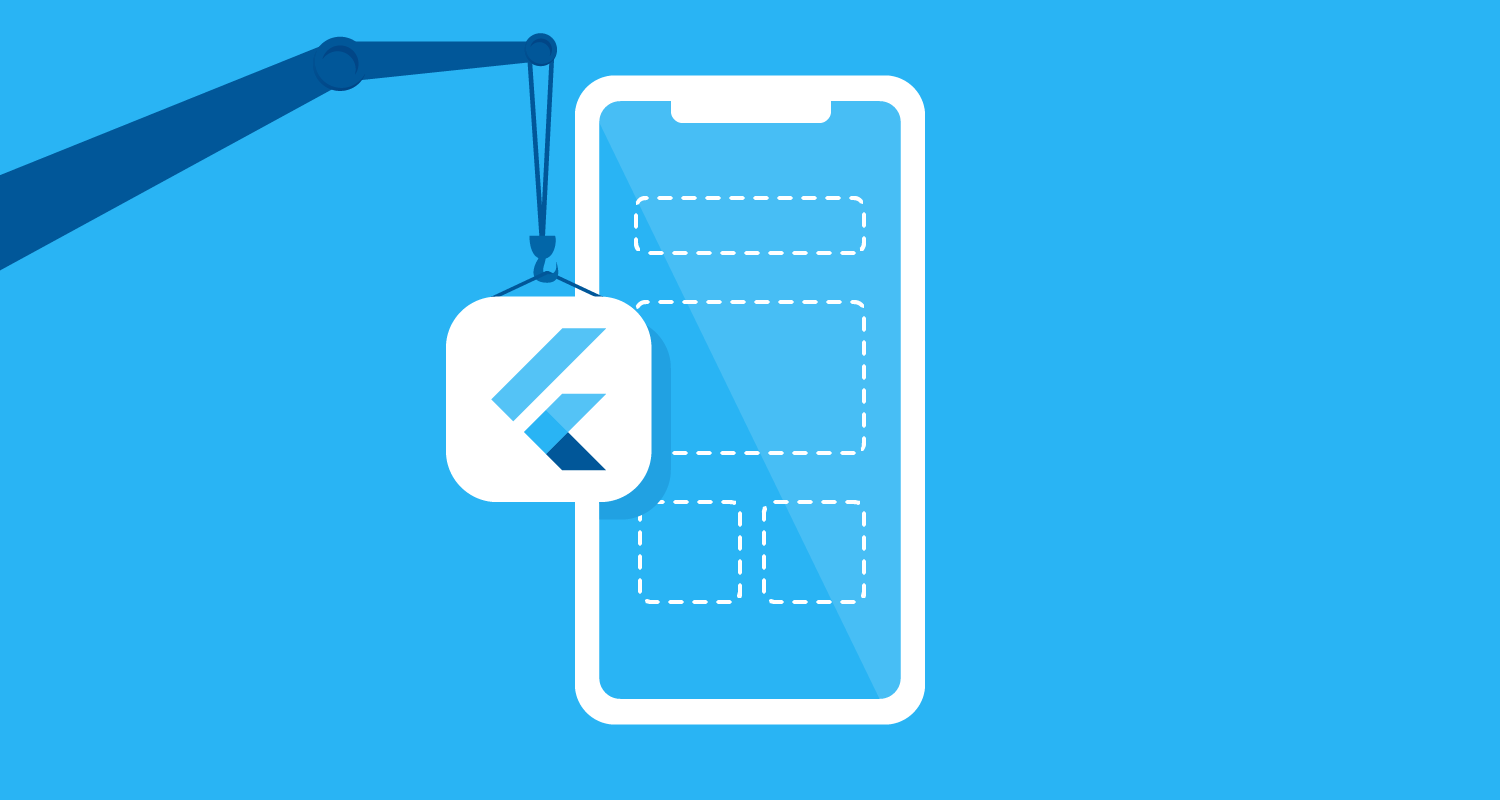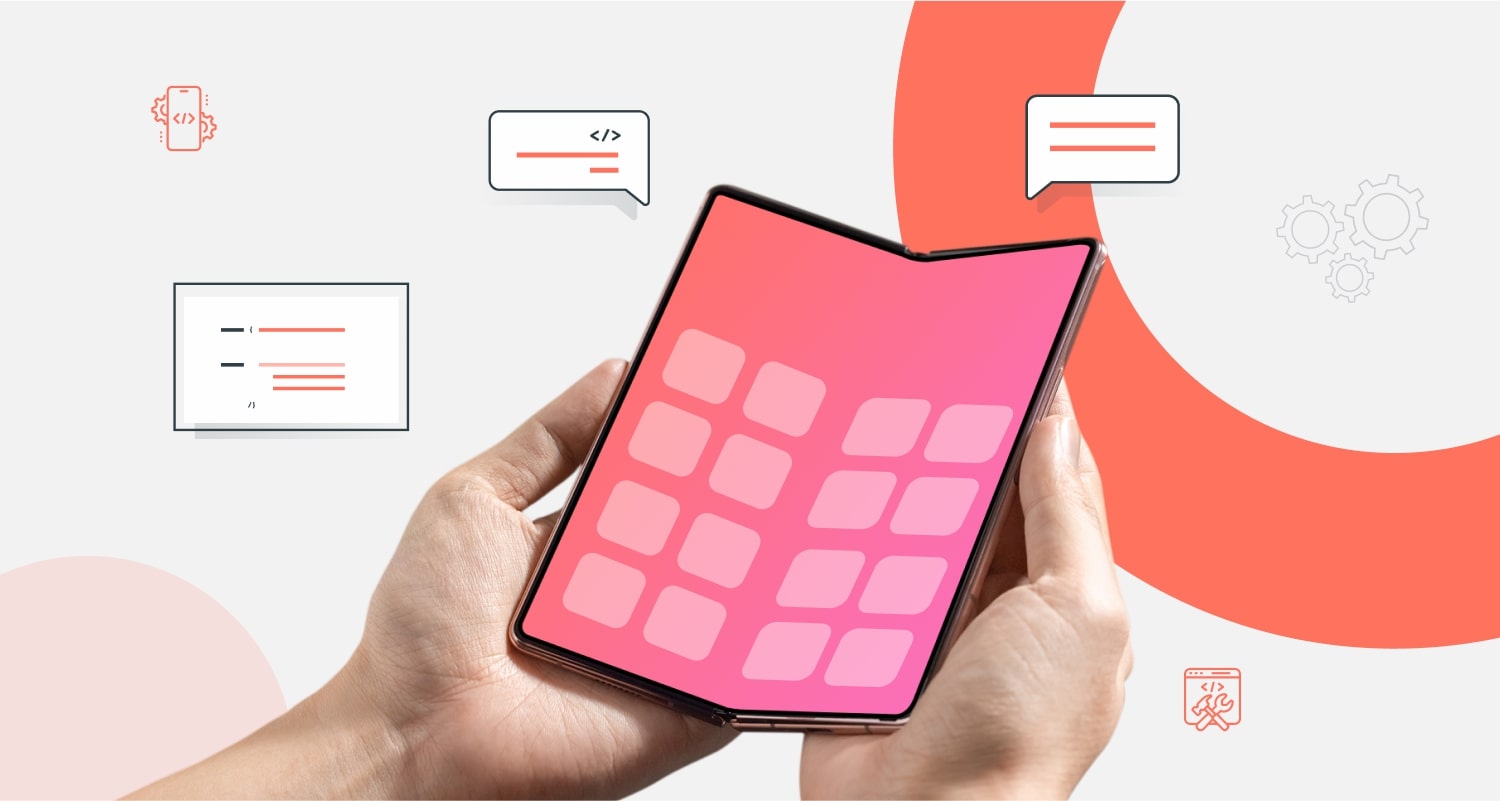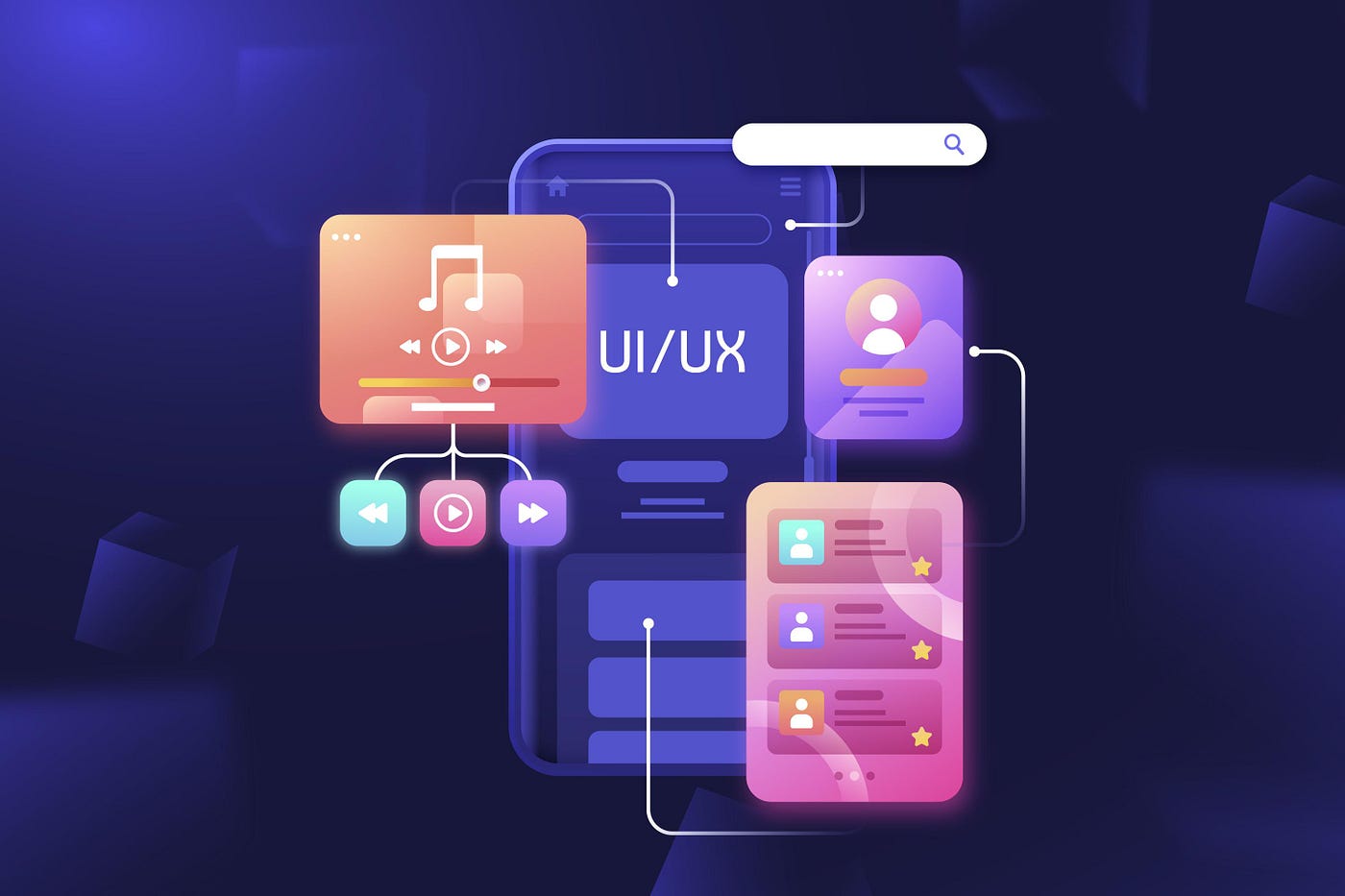In today’s digital-first world, businesses of all sizes are increasingly investing in mobile applications to connect with their customers, improve user engagement, and expand their market reach. The demand for efficient, scalable, and cost-effective solutions has led companies to explore frameworks that enable faster and more flexible app development. Among these, Flutter, an open-source UI toolkit created by Google, has gained immense popularity.
For any mobile app development company in Sydney,, Flutter is quickly becoming the go-to choice for creating apps that are not only visually appealing but also high-performing across multiple platforms. Let’s dive deeper into what Flutter is and why companies around the world are increasingly choosing it.
What is Flutter?
Flutter is Google’s open-source framework designed to build cross-platform applications using a single codebase. This means that developers can create apps for iOS, Android, web, and even desktop platforms without writing separate code for each.
At the core of Flutter is the Dart programming language, also developed by Google. Dart is optimized for fast development and smooth performance, making it ideal for building modern, scalable mobile apps.
What truly sets Flutter apart is its “widgets-first” architecture, which allows developers to design custom, flexible UI elements that perfectly align with the brand identity of a business. Whether it’s sleek animations, responsive layouts, or rich interfaces, Flutter delivers a native-like experience across devices.
Why Are Companies Choosing Flutter for App Development?
1. Cross-Platform Development with a Single Codebase
Traditionally, companies had to hire separate teams for iOS and Android development. This not only doubled the cost but also slowed down the delivery. Flutter eliminates this hurdle by allowing developers to write code once and deploy it across multiple platforms.
For a growing business in Sydney, partnering with an app development company in Sydney that specializes in Flutter means significant cost savings and faster time-to-market.
2. Faster Time-to-Market
Flutter’s “hot reload” feature enables developers to see code changes instantly without restarting the app. This boosts productivity, reduces development cycles, and helps businesses launch their apps more quickly. If you are looking for a reliable mobile app developer in Sydney, choosing one proficient in Flutter can accelerate your project delivery.
3. High-Quality User Interface
User experience plays a vital role in an app’s success. Flutter’s extensive widget library makes it easy to design stunning UIs that look and feel consistent across platforms. With the help of skilled mobile app developers in Sydney, businesses can deliver an app that engages users and enhances customer satisfaction.
4. Cost-Effective Solution
Building separate apps for Android and iOS is costly. Flutter significantly reduces development and maintenance costs by using a single codebase. This is a huge advantage for startups and SMEs that want to make the most of their investment with the help of an experienced app developer in Sydney.
5. Performance Close to Native
Unlike other cross-platform frameworks, Flutter compiles into native ARM code, which allows for near-native performance. This ensures that apps run smoothly, load quickly, and deliver the seamless experience that users expect from modern mobile applications.
6. Strong Community and Backing by Google
Since Flutter is backed by Google, it comes with robust support, frequent updates, and a growing developer community. Businesses working with a trusted mobile app development company in Sydney can rest assured that they’re building on a reliable, future-proof technology.
Why Sydney Businesses Should Embrace Flutter
Sydney has become a hub for technology-driven innovation, with businesses constantly seeking ways to stay competitive in the digital space. By leveraging Flutter, companies can build apps that are not only cost-efficient but also scalable and user-friendly.
Whether you’re a startup aiming to disrupt the market or an established enterprise looking to strengthen customer engagement, partnering with a skilled app development company in Sydney that specializes in Flutter can give you the competitive edge you need. With expert mobile app developers in Sydney, your business can achieve faster deployment, lower costs, and long-term app scalability.
Final Thoughts
Flutter is revolutionizing how apps are built and delivered. Its ability to combine speed, cost-effectiveness, and design flexibility makes it the ideal framework for businesses across industries. Companies in Sydney are increasingly recognizing its benefits and turning to experienced app developers in Sydney to bring their ideas to life.
If you are planning to build a new app or modernize an existing one, choosing a Flutter-powered solution with the expertise of a trusted mobile app development company in Sydney is a strategic move. It ensures that your app not only meets current market demands but is also ready for the future.




